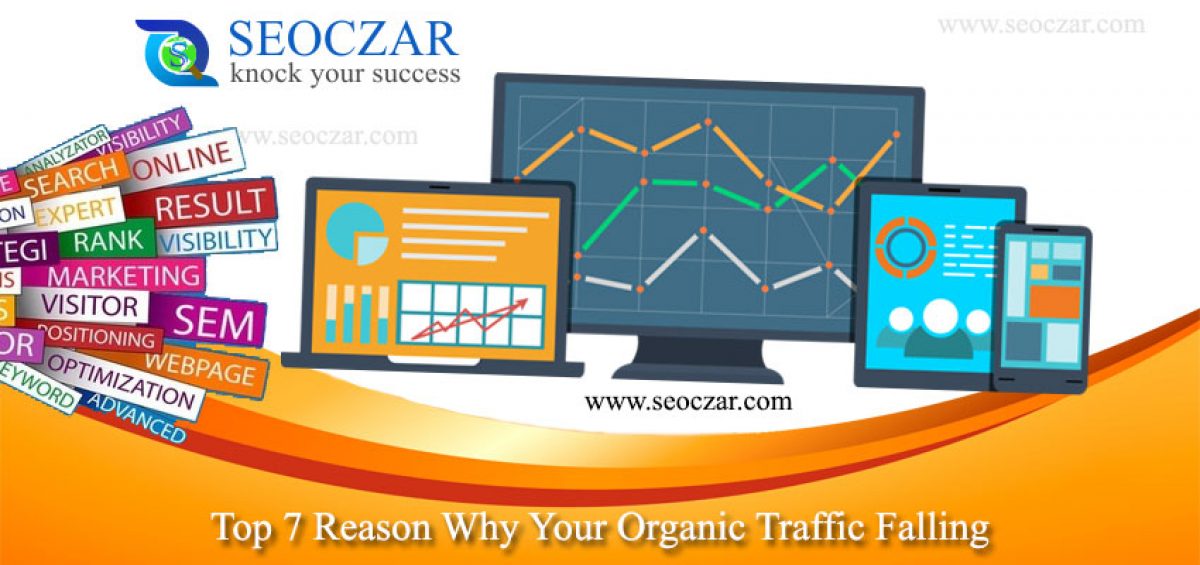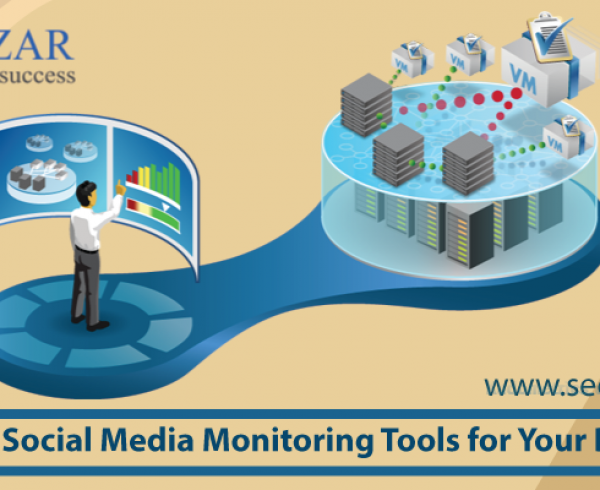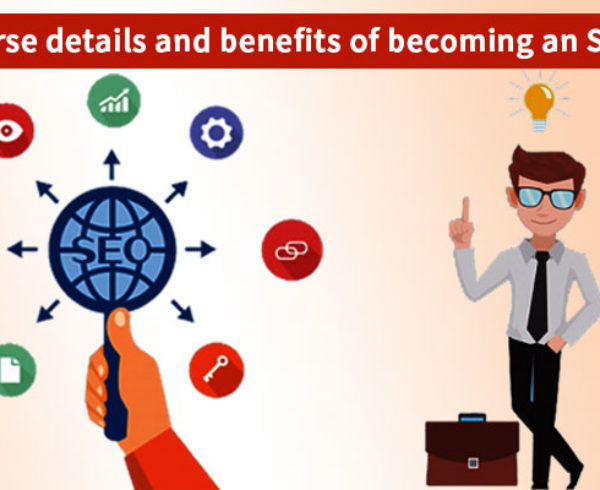Willing to know the reason why your organic traffic is falling? However, there can be many reasons for this. But here, we are going to elaborate the top seven among them. As we all know that SEO (Search Engine Optimization) is very tough these days.
Because the landscape of the SEO has changed dramatically in the last 4 to 5 years. Very often, you need to deal with competitors, search engine algorithm updates, and many more. And to be on first it is necessary to follow out their guidelines.
Thus, this is what we are elaborating here! Keep reading…
What is an Organic Traffic in Search Engine Optimization
Organic traffic in search engine optimization means the visitors those land on your site as a result of unpaid “organic” search result.
However, it is the opposite of paid traffic. Means the visitors generated by the help paid ads. Organic visitors usually find your website by using a search engine. Like Google, Bing, etc.
Hence, they are not referred to another site. Well, to increase the organic traffic of your site. You need to publish quality and relevant content on your website blog regularly.
Reasons why your organic traffic is falling
Dropping the position on high volume generic terms can trigger out the panic. Even if it drops only lasts for a short period of time.
In the majority of the instances, if it possible then find out, what’s the main reason?
Thus, after finding out the reason, you may determine what steps should be taken to recover from it. Hence, the top reasons why your organic traffic is falling are as follows:
1. Some changes to search behaviour & trends
Sometimes falling off the organic traffic and web ranking is beyond our control. As you all know that Google Algorithm updates are constantly changing. But it doesn’t mean that these things are completely out of our hands.
Indeed, ignoring the latest search trends can heavily impact your website search visibility. However, If the key landing page on your website has experienced a decline in traffic and the search rankings.
Then it is worth refreshing their keyword targets. Just to make sure that you are up-to-date with the things people are actually looking for. A tool whose name is Google Trends is a good place to begin, as it can help you to gauge whether the targeted keywords have experienced.
Additionally, you can refer to the Google webmaster tool >> search analytics data to get the current snapshot of what users are currently looking for to search your products and services.
2. Algorithmic or manual penalties
If your website has experienced a significant drop in the organic search traffic. Then you may have been hit by the algorithmic or manual penalty.
However, you will look at a manual penalty, if your site has been flagged for not complying with the Search Engine quality guidelines. Very often, your web ranking will be penalized as a result.
Well, such problems are not tough to spot, as you will be notified by the messages from Google. In the manual action section of your Google webmaster account.
Alternatively, you have been hit by the Algorithm penalty. This is significantly more common and occurs normally when Google illustrate an issue of the update to their algorithms.
It can be hard to discern whether you have been hit by a search penalty. As you won’t get any notification while working with manual penalties. Thus, if you have experienced a drop in organic search traffic. Then try to audit your website from any type of dangerous or harmful backlinks.
3: Your organic Click-Through-Rates (CTR)
While it’s been bantered about whether organic CTR has a direct effect on search rankings. However, it is essential to address any page on your website that might rank well but is not driving the clicks.
Somehow, it means another excursion to your Google webmaster account. Thus, you need to follow out the path as search analytics >> apply fields >> demonstrate clicks, impressions, average position, and CTR.
Often, sort your keywords by the highest search ranking and even concentrate on low CTR. Well, to enhance the natural CTRs, you should take a gander at enhancing page meta description. And titles by adding clear calls to the action and enticing the messages.
4: Backlinks quality
A good back-link originates from a website within your vertical or niche. A bad back-link is a link for the sake of a link. However, it may be irrelevant syndication to a website or even a paid link on a non-vertical high positioning site.
A bad back-link may originate from the website that is full of backlinks. Well, if you have determined your spammy or conceivably harmful links on your site.
Head to Google webspam Matt Cutts. Which recommends contacting the harmful domains and saying them to remove the link from your website. After that, document all these efforts. Often, if your website is not removed from their website. Then submit a disavow file to Google.
5: High bounce rate
Well, the bounce rate is not directly attributable to how Google ranks a website or web page. However, it can be a strong indicator of performance. And even to the user’s engagement metrics of a website.
As a general rule, if your bounce rate is over eighty percent. Then you likely won’t be in that position for long. That implies your web content sucks, your cost is too high, you don’t convey on the promise of your titles, and even people presumably won’t stay on your site.
It’s outstanding that long loading time will have a noteworthy negative effect on your bounce rate and abandonment rates. It is also known that Google incorporates user clickstream data in the various process to improve the relevancy.
While there isn’t immediate causation, there is certainly co-relation between the higher bounce rate and lower rankings. Some of these are attributable to panda update related filters. Thus, you need to check out your website bounce rate.
6: Website migration moved URLs
Moving the old URLs is a bad idea in general. The URLs you’re intending to move to have inbound links, and history of the strong performance.
Hence, moving them can down or fall the right devastating. If you just need to move the URL then you should try to work-off the site migration checklist. If you do have the WordPress Site then migrate it and if you are not very aware of WordPress Migration then click the text which follows the link. However, URLs should not be needed to change if they perform in Google Search.
Often, track and esteem those landing web pages. If there are no inbound links to the web page, it can still suffer losses. Consequently, you need to do 301 redirects to the new web page. But will likely suffer less than those web pages with history and the inbound links.
7: Content is not organized
When you build your site, it’s easy to look past “little issue” link information architecture. However, when you scale the site from ten pages to ten thousand the need for the organization becomes a bit more apparent.
Often, the organization of the content will dictate how good your website is linked internally, and how normally accessible it is when being referenced by the other sites.
While this often seems normal to create effective site navigation and the structure when creating it. This becomes especially dubious when you don’t want to move the web pages which are already performing great in a search.
Well, following and working with the above reasons one increase the website ranking. Thus, to check out whether it’s ranking or not follow out the tool by searching website traffic checker.
Conclusion
Here, in this blog, we have discussed Top 7 Reasons Why Your Organic Traffic is Falling.
Often we concluded its layout, its definition, and the reasons for the same in details. They do add value to any blog post. And, this leads to the end of the blog.
We hope this blog helped you. However, if you found the blog useful, do not forget to use the comment section provided below. Also, share the blog with your peers. You are on your way to getting more exposure.







Leave a Comment